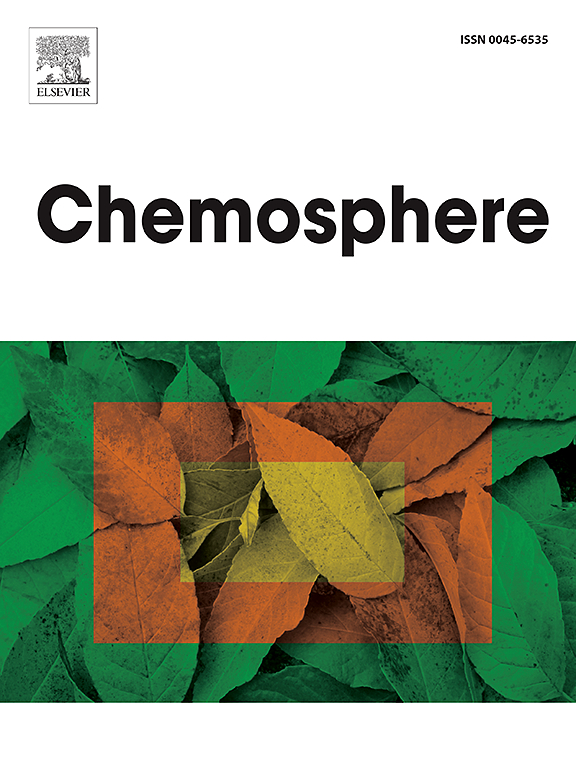The acyl glucuronide of 2-(4-diethylamino-2-hydroxybenzoyl)benzoic acid: Synthesis, structural assignment, occurrence as a human phase II metabolite of Uvinul® A Plus and acute aquatic toxicity
IF 8.1
2区 环境科学与生态学
Q1 ENVIRONMENTAL SCIENCES
引用次数: 0
Abstract
This work was undertaken to address the potential environmental impact of the UVA filter Uvinul® A Plus (DHHB) upon its biotransformation in humans. For this purpose, the putative human metabolite 3 was prepared by a three-step synthetic sequence involving the initial Koenigs-Knorr reaction of 2-(4-diethylamino-2-hydroxybenzoyl)benzoic acid (DHB) with acetobromo-α-d-glucuronic acid methyl ester, which afforded the corresponding peracetylated DHB-acyl glucuronide (1). Subsequent enzymatic deprotection with amano lipase A (LAS) led to the 2-(4-diethylamino-2-hydroxybenzoyl)benzoyl-β-D-glucuronide methyl ester (2). Final deprotection of compound 2 was achieved with porcine liver esterase (PLE), giving the target 2-(4-diethylamino-2-hydroxybenzoyl)benzoyl-β-D-glucuronide (3). The synthesized DHB-acyl glucuronide 3 was identical to the key phase II metabolite of DHHB in human hepatocytes. Acute toxicity of 2 and 3 was evaluated by means of the Aliivibrio fischeri bioluminescence inhibition assay, obtaining EC50 values of 22.1 mg L−1 and 105.1 mg L−1, respectively. According to the toxicity categories established by international consensus and considering that feasible concentrations of solar filters in aquatic ecosystems are several orders of magnitude lower, the glucuronide derivative of DHHB could in principle be considered as non-hazardous to the aquatic environment.

求助全文
约1分钟内获得全文
求助全文
来源期刊

Chemosphere
环境科学-环境科学
CiteScore
15.80
自引率
8.00%
发文量
4975
审稿时长
3.4 months
期刊介绍:
Chemosphere, being an international multidisciplinary journal, is dedicated to publishing original communications and review articles on chemicals in the environment. The scope covers a wide range of topics, including the identification, quantification, behavior, fate, toxicology, treatment, and remediation of chemicals in the bio-, hydro-, litho-, and atmosphere, ensuring the broad dissemination of research in this field.
 求助内容:
求助内容: 应助结果提醒方式:
应助结果提醒方式:


